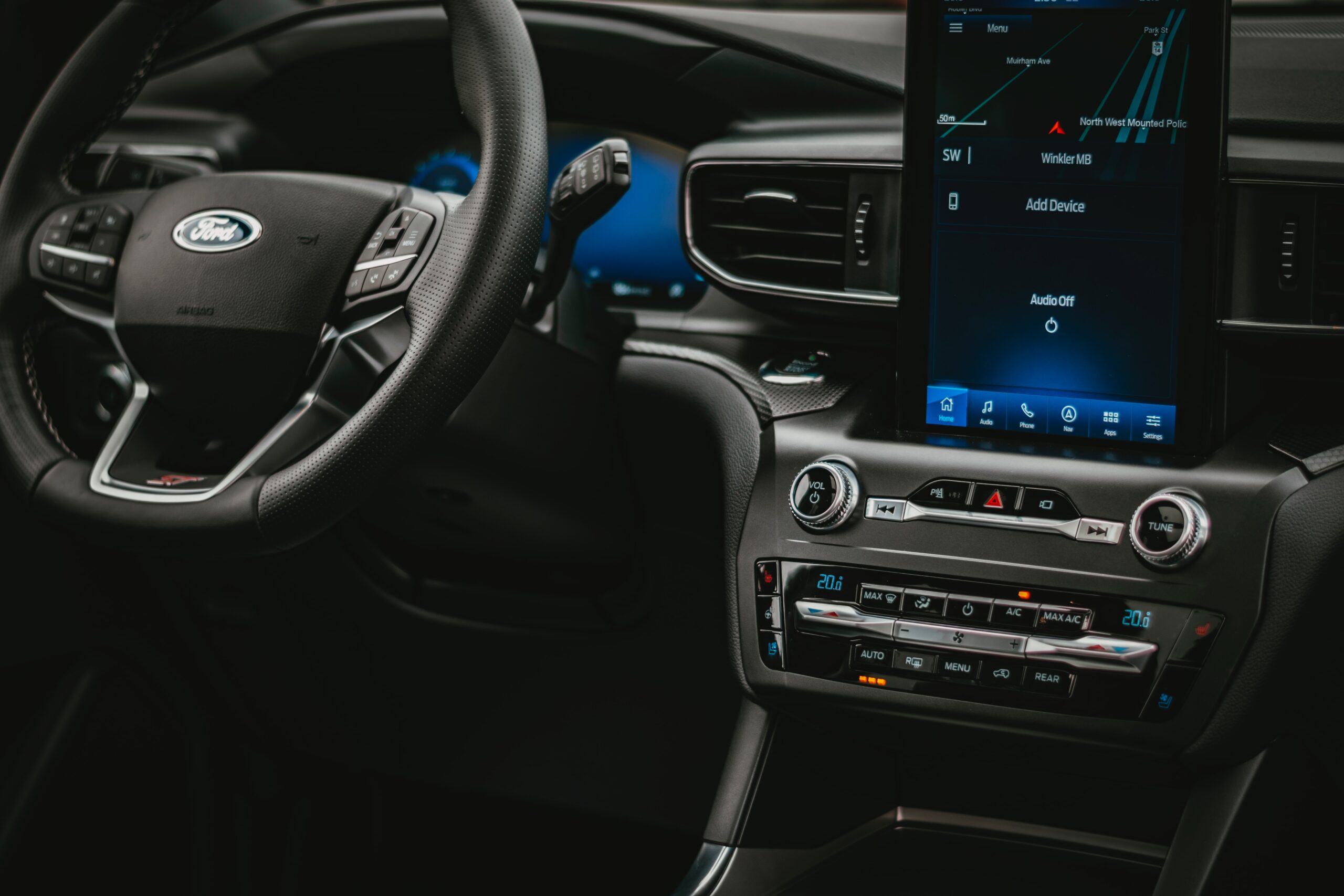A quick look at what’s come before is all it takes to see that the automotive industry has always been at the forefront of tech and innovation. In fact, from as far back as James Watts’ steam engine in 1775, vehicle manufacturers have been challenging the norm and changing our lives as they do so.
Automotive manufacturing, in particular, has long made use of cutting-edge techniques including hydraulics, combustion, and compression to ensure both efficiency and safety. But, as companies like Tesla take even these go-to’s to the next level, innovation is all about looking at the next big thing.
Most obviously, tech-led trends in the automotive world right now are pointing towards the implementation of technologies including autonomous vehicles and increased connectivity through the use of big data. But, none of this is possible without first overhauling manufacturing itself, a priority that automotive companies are ensuring in the following innovative ways.
3D printing
The use of 3D printing in the automotive world is nothing new, but as expectations and pressures mount, its role is only set to grow. Only with the help of 3D printing processes can competitors hope to keep up with the less than two-year turnover currently achieved by Tesla, especially made possible thanks to the rapid prototyping made possible with this approach. The ability to print spare parts that are lighter and more durable is also becoming a manufacturing must, especially as shortages elsewhere threaten to unravel production if these steps aren’t taken in-house.
Smart robots
Also aiding faster developments are so-called ‘smart robots,’ or more accurately, robotics that drastically reduce the manpower and hours required for vehicle development. This introduction of automation onto automotive production lines has especially worked to address some of the most urgent manufacturing setbacks over recent years, including slow production times and the potential for injuries. Additions like Ford’s UR10 robots also fulfil a wide range of functions to provide ease across manufacturing procedures in their entirety, including the following:
- Quality inspections
- Assembly
- Painting
- Welding
- Machine tending
- And more
Converging technology
As is evidenced by the success of Tesla, the ability to converge technology processes with manufacturing focuses is also facilitating major industry change. Specifically, manufacturers seeking to keep up with Tesla’s powerful turnovers must consider vehicles in their entirety by factoring for software at every single stage of production. Disruptive technology trends that must be taken into account during manufacturing should especially include the following:
- Electrification
- Autonomous driving
- Diverse mobility
- Connectivity
While Tesla can seamlessly achieve these goals as a result of being a tech company at heart, other manufacturers are increasingly finding that they must outsource this expertise, allowing them to turn vehicles into effectively high-functioning computers that are carefully curated to be the best possible offerings in their class.

Automotive innovation was a buzzword of 2021, but it’s important to remember that these innovations start at the manufacturing stages, with processes here particularly guaranteed to change beyond recognition in coming years.
Image Credits: Gavin Allanwood, James Penner




Like this article? Share with your friends!